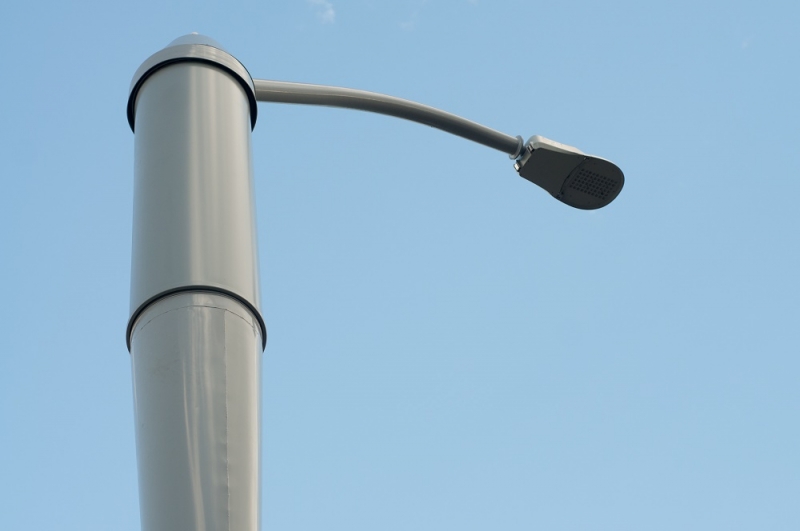The City of Los Angeles has announced that it will become the first city in the world to deploy Philips' SmartPole Street lighting. The LED poles are a collaboration between Philips and Ericsson that use energy-saving LED lighting and also function as 4G LTE cell towers - improving public lighting energy consumption as well as the city's network coverage.
"The analog light pole has evolved right here in Los Angeles," said Mayor Eric Garcetti. "L.A. is a world leader in LED street lights and has more poles than any other city in America. We are now taking advantage of previously untapped real estate to give our streets better broadband connectivity and future-ready infrastructure, while generating revenue for the city. This project shows what smart infrastructure can do for Los Angeles: create jobs, save tax payer dollars, and improve our environment."
The SmartPoles use small cell technology - similar to femtocells used in homes and small business - to provide wider mobile broadband coverage and boost capacity of wireless network providers. The entire project is self-funding due to leasing agreements on the "valuable digital real estate on top of city light poles."

Ericsson's Mobility Report says that cellular data traffic is expected to grow 9 times by 2020. The poles will meet this increasing demand by "enabling an alternative deployment methodology for 4G LTE broadband services which will connect each pole through a fiber link to its core network."
This won't be the first time the city has used some of Philips' technology; earlier this year, LA became the first city in North America to utilize CityTouch, a streetlight asset management system that simplifies management and maintenance of street lights. This mobile and cloud-based system also reduces energy usage and improves lighting throughout Los Angeles.
With small cell boxes proving cheaper and delivering faster connectivity than traditional cell towers, the technology is being promoted as the future of cellular networks. The market is expected to grow 43 percent annually through 2020, and should the Los Angeles project prove successful, we could end up seeing more cities with SmartPole street lights.
